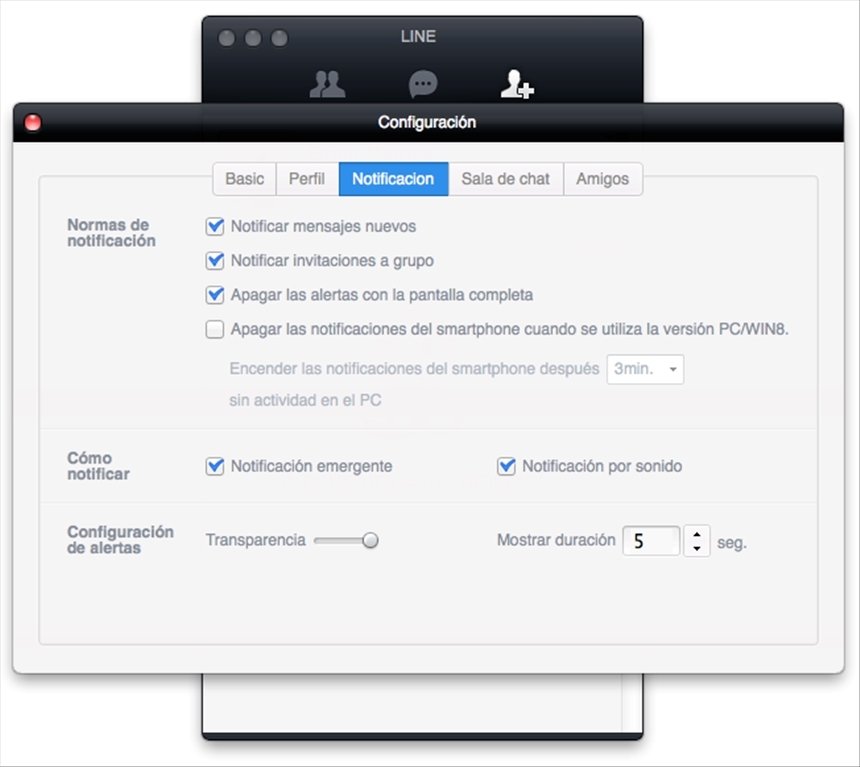If you want to discuss a possible contribution before (or instead of) making a pull request, we suggest you raise the topic first on the LATEX-L list or drop a line to the team. Historic LaTeX Ulrik Vieth has collected historic versions of LaTeX from LaTeX 2.0 for TeX 1.0 (released on 11 December 1983) onwards. Download LINE for all Mac OS X. Acrobat xi pro for mac crack. (2 raters, 9 scores, average: 4.50 out of 5) Featured Posts. Make business phone calls and send SMS from Mac with the Line2 app. Add a second phone line for business to your devices to separate work and personal life. Adding line breaks to chats in Messages on your iPhone is easy. Download PuTTY for Windows operating system. Step by step guide to using SSH in PuTTY. Free download putty for Mac and Linux. Latest version Putty 0.76 is available here.
Google uses cookies and data to:- Deliver and maintain services, like tracking outages and protecting against spam, fraud, and abuse
- Measure audience engagement and site statistics to understand how our services are used
- Improve the quality of our services and develop new ones
- Deliver and measure the effectiveness of ads
- Show personalized content, depending on your settings
- Show personalized or generic ads, depending on your settings, on Google and across the web
 For non-personalized content and ads, what you see may be influenced by things like the content you’re currently viewing and your location (ad serving is based on general location). Personalized content and ads can be based on those things and your activity like Google searches and videos you watch on YouTube. Personalized content and ads include things like more relevant results and recommendations, a customized YouTube homepage, and ads that are tailored to your interests.
For non-personalized content and ads, what you see may be influenced by things like the content you’re currently viewing and your location (ad serving is based on general location). Personalized content and ads can be based on those things and your activity like Google searches and videos you watch on YouTube. Personalized content and ads include things like more relevant results and recommendations, a customized YouTube homepage, and ads that are tailored to your interests.Click “Customize” to review options, including controls to reject the use of cookies for personalization and information about browser-level controls to reject some or all cookies for other uses. You can also visit g.co/privacytools anytime.
Page last updated:
This topic describes how to install and uninstall the Cloud Foundry Command Line Interface (cf CLI).
Overview
The cf CLI is the official command line client for Cloud Foundry.
The procedures in this topic describe how to install the cf CLI on your operating system. You can install the cf CLI with a package manager, an installer, or a compressed binary.
For more information about how to use the cf CLI, see Getting Started with cf CLI.
To learn when cf CLI updates are released and to download a new binary or installer, see Releases in the Cloud Foundry CLI repository on GitHub.
There are currently two major versions of the cf CLI, v6 and v7. See the README to decide which version to use.
Prerequisites
If you previously used the cf CLI Ruby gem, you must uninstall the gem before installing the cf CLI.
To uninstall the gem:
Run:
Verify that your Ruby environment manager uninstalled the gem by closing and reopening your terminal.

Install the cf CLI Using a Package Manager
These sections describe how to install the cf CLI using a package manager. You can install the cf CLI using a package manager on Mac OS X and Linux operating systems.
Linux Installation
There are two ways to install the cf CLI using a package manager, depending on your Linux distribution.
To install the cf CLI on Debian and Ubuntu-based Linux distributions:
Add the Cloud Foundry Foundation public key and package repository to your system by running:
Update your local package index by running:
To install cf CLI v6, run:
To install cf CLI v7, run:
To install the cf CLI on Enterprise Linux and Fedora RHEL6/CentOS6 and later distributions:
Configure the Cloud Foundry Foundation package repository by running:
To install cf CLI v6, run:
To install cf CLI v7, run:
This also downloads and adds the public key to your system.
Mac OS X Installation
You can install the cf CLI on Mac OS X operating systems using the Homebrew package manager.
To install the cf CLI for Mac OS X using Homebrew:
Install Homebrew. For instructions, see Install Homebrew on the Homebrew website.
To install cf CLI v6, run:
To install cf CLI v7, run:
Install the cf CLI Using a Compressed Binary
You can install the cf CLI using a compressed binary on Windows, Mac OS X, and Linux operating systems.
For more information about downloading and installing a compressed binary for cf CLI v6, see Installers and compressed binaries.
Download Line Chat App
For more information about downloading and installing a compressed binary for cf CLI v7, see Installers and compressed binaries.
Verify Installation
To verify the installation of the cf CLI:
Close and reopen the command prompt. Or, open a new tab in the command prompt.
Run:

If your installation was successful, the cf CLI help listing appears.
Uninstall the cf CLI
These sections describe how to uninstall the cf CLI. The method for uninstalling the cf CLI differs depending on the installation method.
Package Manager
If you installed the cf CLI with a package manager, follow the instructions specific to your package manager.
Installer
If you installed the cf CLI with an installer, follow the procedure in this section that is specific to your operating system.
To uninstall the cf CLI on Mac OS X:
Delete the binary
/usr/local/bin/cf.Delete the directory
/usr/local/share/doc/cf-cli.
To uninstall the cf CLI on Windows:
Navigate to the Control Panel and click Programs and Features.
Select Cloud Foundry CLI VERSION.
Click Uninstall.
Binary
Free Line Download For Mac
To uninstall the cf CLI after installing it with a binary:
Download Line For Mac Free

Navigate to the location where you copied the binary.
Delete the binary.
Comments are closed.